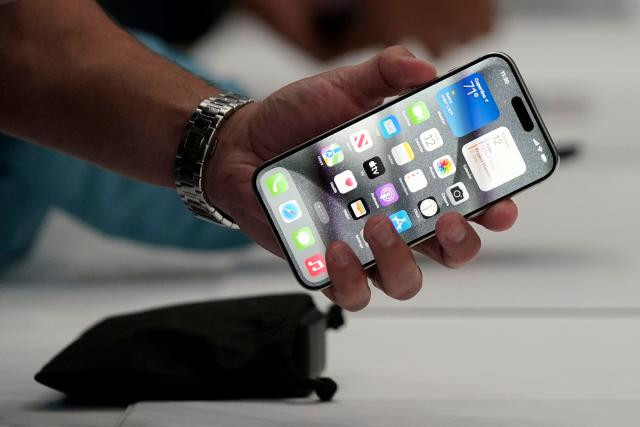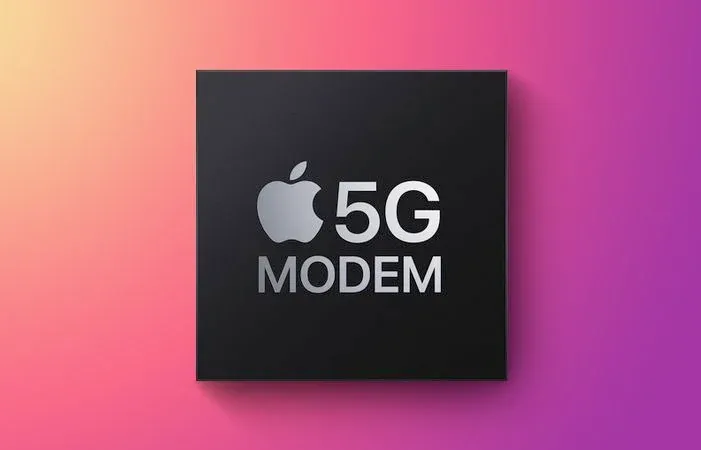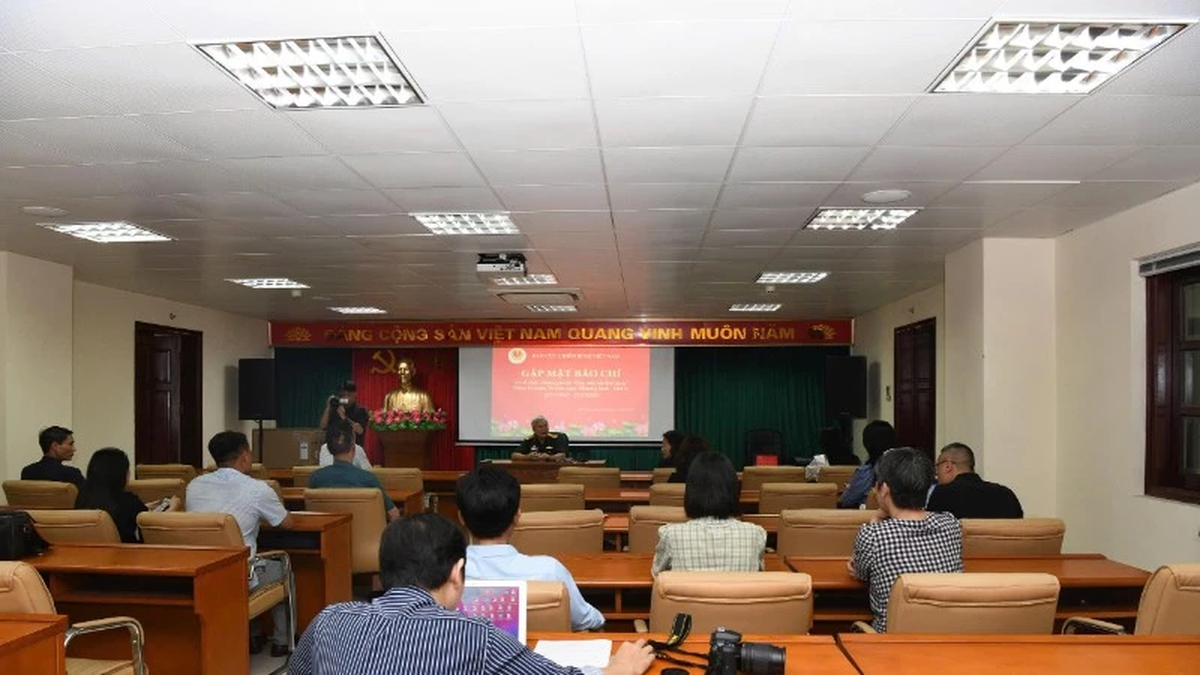According to the Wall Street Journal , Apple's approach to the project was hampered by unrealistic goals, a poor understanding of the challenges involved, and completely unusable prototypes.

To support its plan to design its own modem chips, the iPhone maker has hired thousands of engineers. In 2019, the company acquired most of Intel’s smartphone modem business. With staff from Intel and Qualcomm, Apple’s leadership aims to have its modem chips ready by fall 2023.
The project was named Sinope, after the Greek goddess who was smarter than Zeus. However, many experts on the project quickly realized that meeting the goal was impossible, according to the Wall Street Journal.
Former engineers and executives familiar with the project say the obstacles to completing the chip came largely from within Apple itself. The team was slowed by technical challenges, poor communication, and division at the top.
“Apple had planned to use the modem chip in a new iPhone. However, testing in late 2022 found that the chip was slow and prone to overheating. The circuit board was also so large that it took up nearly half of the iPhone, making it unusable.
“Teams were split into separate groups both inside and outside the United States, with no global leader. Some managers discouraged bad news about delays or objections from engineers, leading to unrealistic goals and tight deadlines,” the article said.
The ability to design its own processors in the iPhone and iPad suggests that Apple could do the same with modem chips. Such chips transmit and receive data wirelessly from a variety of wireless networks and must adhere to strict connectivity standards to serve carriers around the world , making it a significant challenge.
“Just because Apple makes the best silicon on the planet, it’s ridiculous to think they can also develop modems,” said former Apple wireless chief Jaydeep Ranade, who left the company in 2018, the year before the project kicked off.
Executives got a better idea of the situation after Apple tested prototypes late last year. According to the Wall Street Journal, they were essentially three years behind Qualcomm’s most powerful modem chips. If put into an iPhone, the device’s wireless speeds would be slower than those of its competitors.
Apple was forced to settle its lawsuit with Qualcomm and continue to use the company's 5G modem chips in its latest iPhones and iPads. By 2025 at the earliest, Apple's technology will be able to gradually replace Qualcomm.
Serge Willenegger, a former Qualcomm executive, said the delays showed Apple had failed to anticipate the complexity of the problem. “Mobile networks are a monster,” he said.
Last week, Qualcomm and Apple announced a three-year extension of their agreement for Qualcomm to supply modems to the "bitten apple".
(According to Macrumors)

Source

























![[Photo] National Assembly Chairman Tran Thanh Man visits Vietnamese Heroic Mother Ta Thi Tran](https://vphoto.vietnam.vn/thumb/1200x675/vietnam/resource/IMAGE/2025/7/20/765c0bd057dd44ad83ab89fe0255b783)












































































Comment (0)